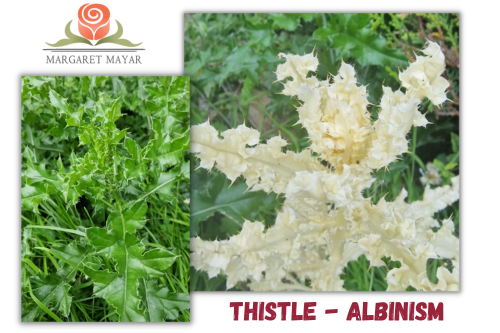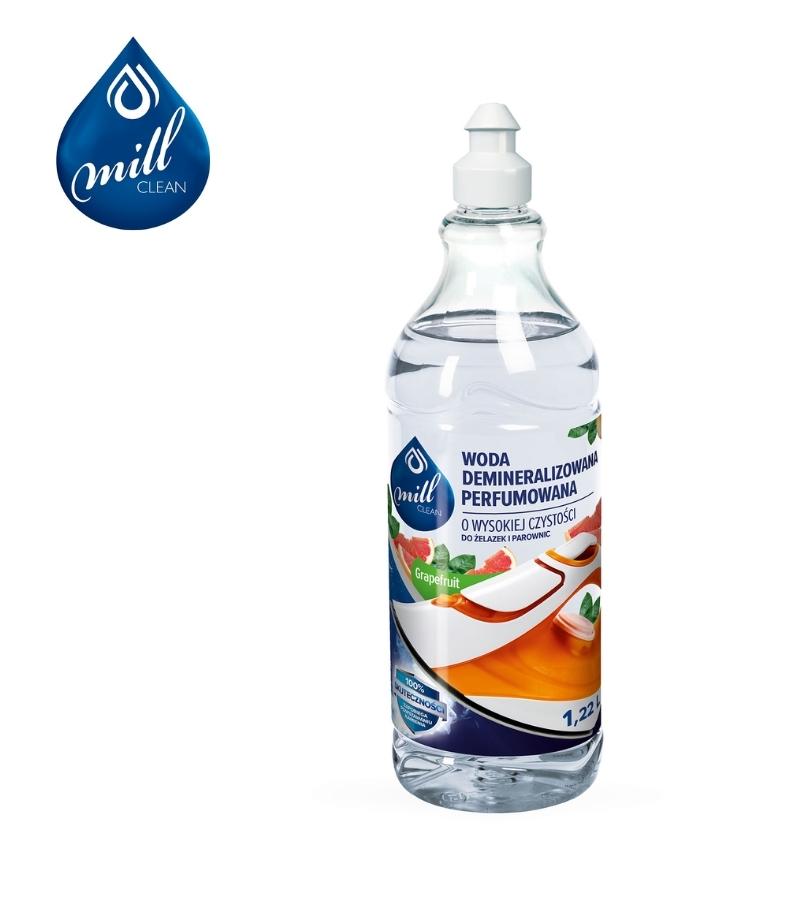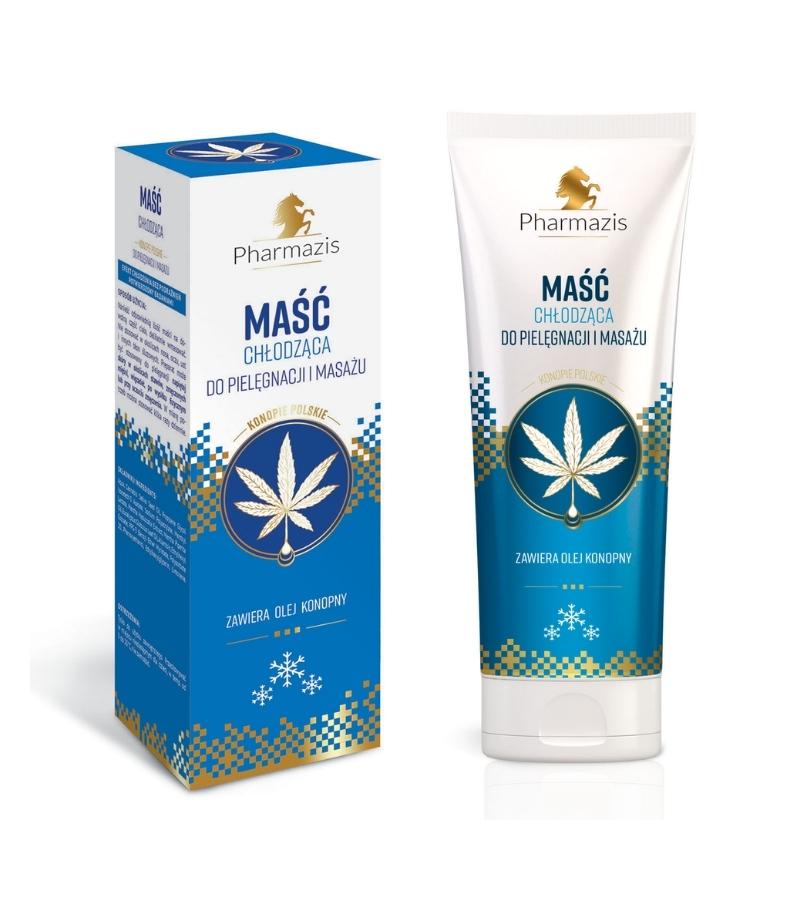Brak aktywności fizycznej to jedna z najczęstszych przyczyn u dzieci, ale także błędy żywieniowe, takie jak:
- bez śniadania,
- zbyt małe spożycie owoców i warzyw,
- za duże porcje
- przekąski wysokoenergetyczne,
- nadmierna ilość cukru
Niestety dzieci jedzą duże ilości cukru i nie chodzi tu o naturalne węglowodany w owocach, warzywach czy produktach zbożowych, ale o słodziki dodawane do żywności: syrop glukozowo-fruktozowy, słód kukurydziany czy jęczmienny. Te dodatki można znaleźć w prawie wszystkich produktach, które lubią dzieci. WHO zaleca maksymalne spożycie cukru w wysokości 10 łyżeczek dziennie. Dzieci spożywają dwa lub trzy razy więcej. Niestety dzieci piją coraz więcej energii przy pustych kaloriach.
Od najmłodszych lat konieczne jest wyrobienie u naszych dzieci prawidłowych nawyków. Jako pierwsi odkryliśmy słodki smak i ma on bardzo silny wpływ na ośrodek przyjemności w naszym mózgu. Jeśli przyzwyczaimy nasze dzieci do jedzenia dużych ilości cukru, ich mózgi będą go coraz bardziej pragnąć. Dużym błędem jest podawanie dzieciom wody gazowanej i różnorodnych napojów smakowych. Z sokami trzeba też uważać, bo ładne opakowanie i chwytliwe nazwy potrafią uśpić naszą czujność. Bardzo często zdarza się, że pod pięknym opakowaniem pod chwytliwą nazwą kryje się napój, który ma niewielką ilość naturalnego soku, a ogromną ilość cukru.
Słodkie babeczki, torty cukierkowe i inne rodzaje słodyczy są również źródłem cukru.
Jeśli macie w domu rośliny, drodzy rodzice, dlaczego nie podlewacie ich wodą gazowaną, napojami smakowymi? Czy wiesz, dlaczego tego nie robisz? Ponieważ twoje rośliny wkrótce umrą. Dlaczego więc skazujesz swoje dzieci na powolną śmierć?
































